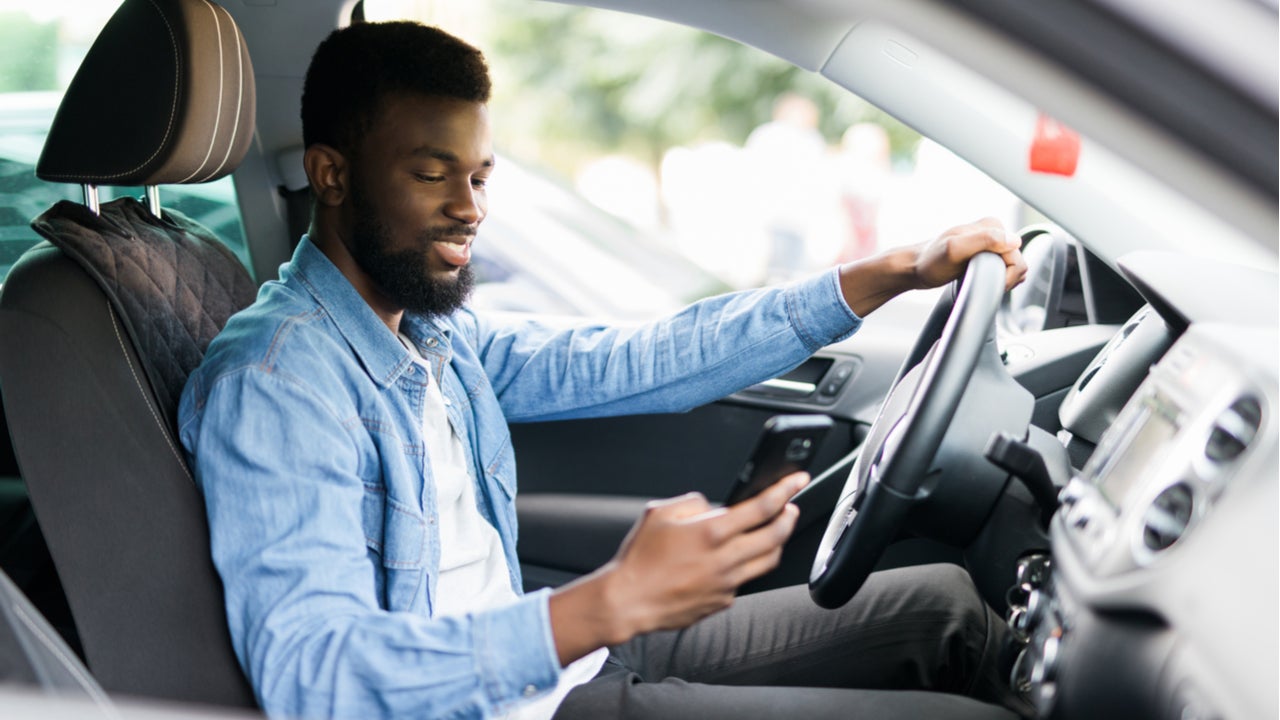Someone sold me a car with a lien on it. What now?

Key takeaways
- A lien is a lender’s legal right to a vehicle and it remains in place until a car loan is fully repaid.
- It’s best to get a lien removed before finalizing a purchase when buying a used car.
- When purchasing from a private seller, get a letter from the lender stating that the lien has been released
- Dealers selling used vehicles should handle clearing up any liens on a car.
A lien allows a lender to protect itself if a borrower defaults on a financed vehicle. It is the lender’s legal right to the vehicle, and it remains in place until the loan has been fully repaid.
If you recently bought a car with a lien on the title, take these steps to put yourself in a less precarious financial situation. Here’s how to get a lien released from your new ride.
What is a car lien?
A car lien means that a third-party has rights to a vehicle and typically that third party is a lender. Vehicles financed with an auto loan are typically put under a lien until the loan is paid off. This gives the lender the legal right to keep the vehicle’s title until the loan balance is paid off. If there is a lien in place on a vehicle, lenders or creditors can repossess the vehicle if the loan has not been paid off or falls into default.
Some drivers do not understand how a lien works until they try to sell their vehicle and realize they cannot proceed because the lender has a claim to the vehicle. In this case, you’ll need to go through the steps of getting a lien released in order to sell the car.
How to get a lien release for your auto loan
Buying a used car shouldn’t come with any strings attached — especially not a lien from the previous lender. Although it may take some legwork and time, you can probably get your issue resolved at little or no cost.
It’s best to handle the removal process before you finalize your purchase. It will cut down on the headache of transferring the title into your own name. And if you pay with a loan, your lender may not be able to complete the financing process until the previous lienholder releases the title.
Contact the seller
When purchasing a used car through a dealer, ask the salesperson whether there is a lien on the vehicle. In such cases, the dealership typically handles clearing up the lien. If you’re getting a loan to finance the purchase, your lender will become the new lienholder.
If you are buying a car through a private seller, ask that they provide you with proof that the car loan was paid in full, such as canceled checks or a paid-in-full letter. The seller is responsible for paying off the loan so that they can transfer the vehicle’s title. You can include that requirement in your purchase contract.
It’s also a good idea to contact the lender directly and check the lien status. You can do so before finalizing the purchase. Ask about the total amount due to release the car and other stipulations that might affect the sale.
Request a lien removal
If the lienholder is a bank that failed (or is a subsidiary of one), you will face a few extra steps.
- Verify that the failed bank was placed into FDIC receivership through the FDIC website.
- If the bank failed recently, within the past two years or less, and it was acquired by another financial institution, you should contact the acquiring bank for a lien removal.
- If you are unable to find the lien holder, contact the FDIC directly to request a release letter. You will need the title and proof of payoff.
- Once you have the necessary documentation, you can file it with the DMV and register the car.
Getting a lien release as a seller
It is possible to sell a vehicle with a lien, but you’ll need to follow the following steps:
- Contact the lender: The lender holds the lien on the car and you must get a payoff amount and permission from the lender to sell the vehicle.
- Research the car’s value: Take the time to compare dealerships and private buyers to find out where you’ll get the best deal selling your car.
- Decide how you’ll sell: You can sell through a dealer or through a private party. A dealership is likely to be the most straightforward choice when selling a car with a lien. If you’re interested in selling with a private buyer contact the lienholder in advance. Some lienholders don’t allow private sales or have specific procedures to follow.
How to tell if a car is under a lien
When buying a used car from a private seller, have the seller provide you with a letter from the lender stating that the lien has been released. Check with your DMV and the car’s vehicle history report to confirm there is no lien.
Sometimes, when a title lists a lien, the loan has been paid in full — it just hasn’t been released properly. This can happen because of a bank error, merger or failure. Look out for this when working with the seller.
Where to find lien information
Lien information can be found with the DMV and the vehicle history report.
- Department of Motor Vehicles: Using the vehicle identification number (VIN), you can check a vehicle’s lien status at the Department of Motor Vehicles. In many places, you can conduct a lien search online using the DMV website. You may also be able to call your local DMV to obtain lien information.
- Vehicle history report: Various online websites offer vehicle history reports for a fee. These sites, such as Carfax, VIN Smart and AutoCheck, provide full vehicle history reports along with lien information.
Bottom line
Not everyone has to go through the lien-removal process. Buying from a dealership often means you don’t have to handle the paperwork.
If a lien is in place, removal should be relatively simple. It can take some time to get the right paperwork in order. Once the previous owner has paid off their loan, you or your lender can move forward as the primary lienholder.
FAQs
You may also like

How to get your car title after loan payoff





